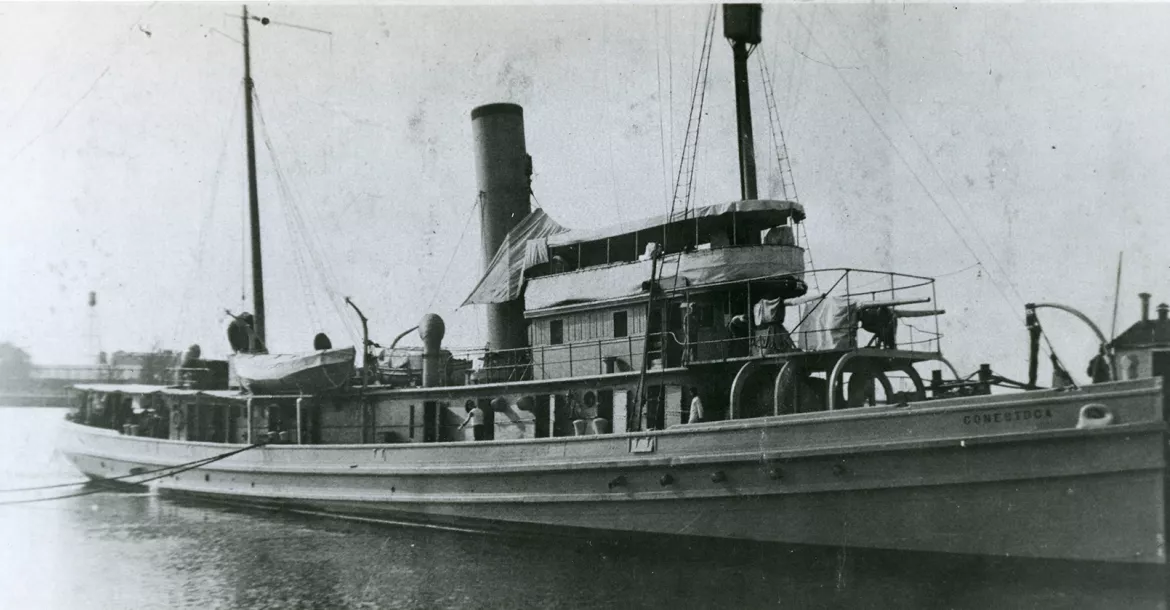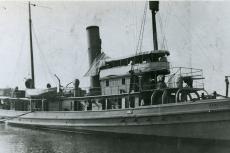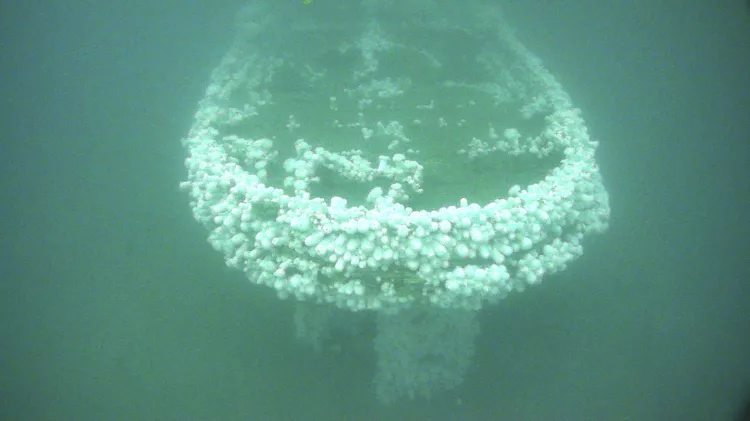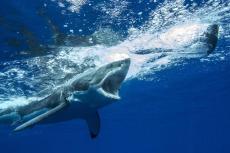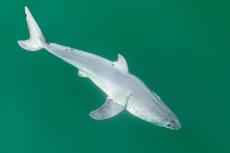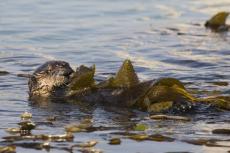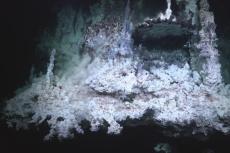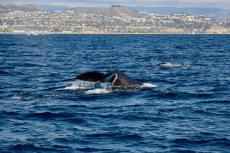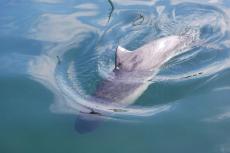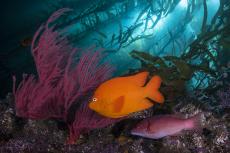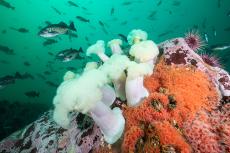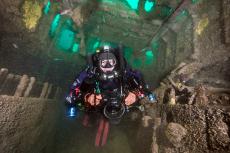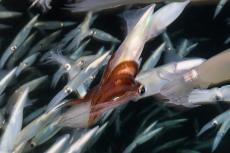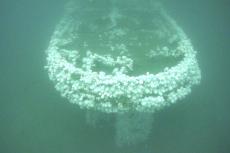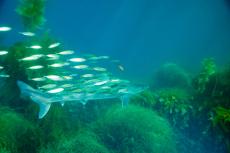U.S. Navy found a tug that was lost for nearly a century
The wreck of USS Conestoga has been discovered within the waters of Greater Farallones National Marine Sanctuary in California, 95 years after the Navy seagoing fleet tugboat disappeared with 56 officers and sailors aboard.
When it left San Francisco on March 25, 1921, Conestoga was en route to Tutuila, American Samoa via Pearl Harbor, Hawaii. When Conestoga failed to reach Hawaii by its anticipated arrival date the Navy mounted a massive air and sea search around the Hawaiian Islands, the tug's destination. Unable to locate the ship or wreckage, the Navy declared Conestoga and its crew lost on June 30, 1921, the last U.S. Navy ship to be lost in peacetime without a trace.
Until now, what happened, and where the wreck and its crew lay, has been described as one of the top maritime mysteries in U.S Navy history.
In 2009, the NOAA Office of Coast Survey, as part of a hydrographic survey near the Farallon Islands off San Francisco, documented a probable, uncharted shipwreck at a depth of 56.5m (185ft). In October 2015, NOAA confirmed the identification and location of Conestoga during a mission that included an archaeologist from the Naval History and Heritage Command, as well as several senior Navy officers.
Battling a storm
Weather logs indicate that around the time of Conestoga's departure, the wind in the Golden Gate area increased from 23 miles per hour to 40 miles per hour, and the seas were rough with high waves. A garbled radio transmission from Conestoga relayed later by another ship stated the tug was "battling a storm and that the barge she was towing had been torn adrift by heavy seas."
Based on the location and orientation of the wreck in 189-foot-deep water, three miles off Southeast Farallon Island, NOAA, and its technical and subject matter experts, believe Conestoga sank as officers and crew attempted to reach a protected cove on the island.
"This would have been a desperate act, as the approach is difficult and the area was the setting for five shipwrecks between 1858 and 1907," according to NOAA's report on the Conestoga discovery. "However, as Conestoga was in trouble and filling with water, it seemingly was the only choice to make."
- Log in to post comments

